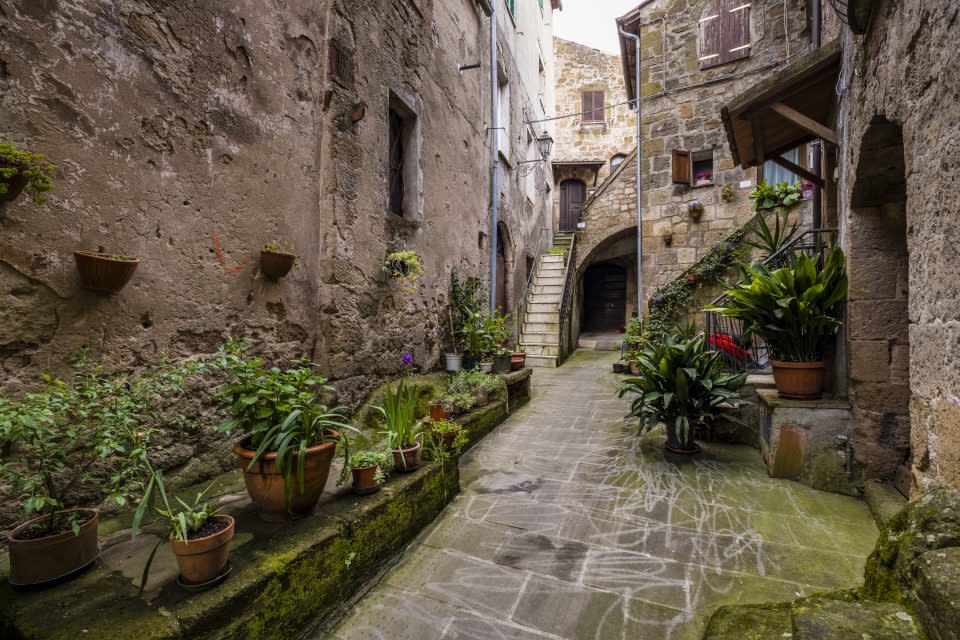CashNews.co
It’s hard not to be tempted by Italy’s warm sun, picturesque scenery, and ever-uplifting cuisine.
Now, imagine being paid to move to one of the most iconic regions of Tuscany in Italy, where mountains roll over the panorama and there are far fewer people than in Venice or Rome.
It might sound too good to be true, but the Tuscan authorities kicked off a program in June aimed at just that. The scheme pays people between €10,000 ($10,700) and €30,000 ($32,090) for “residency in the mountains,” the website says.
“The purpose of the intervention is to favor and encourage the repopulation and socioeconomic revitalization of mountain areas, acting in contrast to the marginalization of these areas,” the website states.
Tuscany has created a €2.8 million ($3 million) fund to buy and renovate homes in towns with fewer than 5,000 residents to bolster the rural population in its mountainous municipalities.
Successful applicants will then have to make that property their permanent residence.
The program is open to Italian, EU, and non-EU citizens with a long-term residence permit valid for at least 10 years. Applications for the program close Jul. 27, 2024, at 1 p.m. Tuscany time.
The scheme in Tuscany marks the latest in a slew of measures by Italian regions to lift their permanent population through lucrative residency programs. This is set against the backdrop of a demographic crisis due to a rapidly aging population in Italy.
The country is Europe’s third-most populous and has the oldest economy with a median age of 48.4 years, according to Eurostat data. Italy also has the highest share of the population aged 80 years and above. In effect, that means fewer births than deaths and demography skewed to higher ages, just as life expectancy climbs due to advancements in medicine and health care services.
That’s a cause for concern for policymakers as it means overburdened social benefits such as pensions and fewer young people paying taxes to provide for them. Prime Minister Giorgia Meloni warned in 2022 that Italy is “destined to disappear” if the plunging birth rate isn’t addressed—but she argues that immigration isn’t the only way to do it.


Residency schemes are a way to lure people from Italy and its neighboring countries to cash in and make a more remote part of Italy their home. This will drive the local economy, improve infrastructure, and boost the population in regions like the rural side of Tuscany.
In a similar program two years ago, the Sardinian government said it would pay €15,000 per person in grants to move to the island—as long as the town had less than 3,000 occupants. A number of other villages in Italy have started offering similar opportunities.
Another example of Italy’s innovative schemes is the €1 houses that were first offered in the 2010s.
The catch? These programs offer run-down property for cheap so that new residents can renovate what would otherwise be derelict houses. Some of the villages where these programs are offered are off the beaten path and have a population of only a couple of thousand at best. But that’s part of the appeal for many looking to catch a break from the crowds and chaos of urban areas.
It might still be early to gauge whether these programs jump-start local economies and create jobs. But there are early signs in some towns that cheap house sale programs have generated more income streams among local builders and designers, Euro News reported.
While the long-term effects remain to be seen, at the very least, people will get a once-in-a-lifetime wild card to move to Italy out of it.
This story was originally featured on Fortune.com

